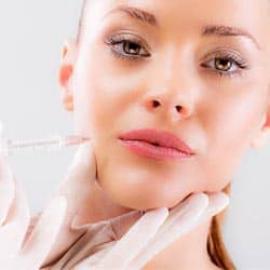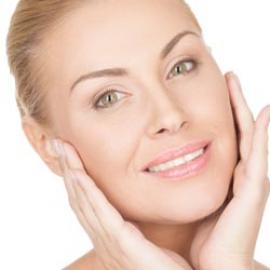
People with thin facial skin are vulnerable to redness on their cheeks, nose and forehead. Often this redness remains and can lead to insecurities. Rosacea, couperose and erythrosis are chronic skin disorders affecting both men and women. Treatments are available in esthetic medicine to get rid of redness.
Rosacea, couperose skin and erythrosis: what is it?
Rosacea, Couperosis and Erythrosis are chronic diseases that mostly impact people with thin, clear skin. These diseases induce facial redness: on the cheeks, on the nose and on the forehead.
This redness can take various forms:
- Ephemeral redness or "flush"
- Constant and more scattered redness named erythrosis
- A sinuous redness attributable to small skin vessels called Couperose
- Redness due to inflammation (pimples) named rosacea acne.
Rosacea, skin and erythrosis: what are their causes?
Rosaceae are caused by a quick dilation of the blood vessels. During an abrupt change of temperature, cold or hot, or during a strong emotional experience, the blood flow is such that it creates a redness on the face. During strenuous exercise, a sensation of heat happens and redness occurs.
Couperosis can also be caused by an instability of the skin's immune system. Some microorganisms such as dust mites can cause this redness.
Contrarily to common belief, alcohol is not the source of rosacea, even though it adds to the worsening of the condition if the individual has it.
Due to the impacts of age, the skin can be much more sensitive and thus more vasoreactive. Redness therefore appears more often with age, from the age of 25.
Highly sensitive skin flares up due to these causes, resulting in rosacea acne.
Rosacea, couperose skin and erythrosis: what are the remedies ?
Rosacea, cutaneous skin and erythrosis may be treated locally. Even though the disease cannot be permanently addressed, the visible symptoms may be minimized.
It is very important to correctly diagnose the type of redness to be treated in order to obtain guidance on the suitable technique.
The doctor will prescribe, depending on the case:
Dermatological products that act on the outer portion of the skin (epidermis) to minimize redness at the rosacea stage and prevent it from progressing into a couperosis, as well as to prevent further redness from arising. These treatments may be done on their own or in addition to another procedure (intense pulsed light or thermo-coagulation).
If rosacea, couperosis or erythrosis are easily visible, procedures must be used that will work deep in the dermis to remove the reddish streaks that mark the skin.
Intense Pulsed Light using Cynosure Icon® is a method that can effectively treat all the various stages with very positive results.
Thermavein® uses a thermocoagulation method to remove the couperosis immediately in one sitting.




















































